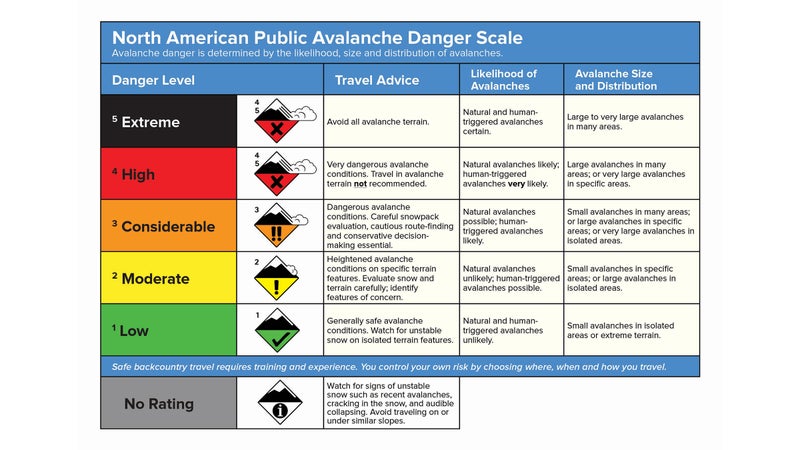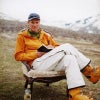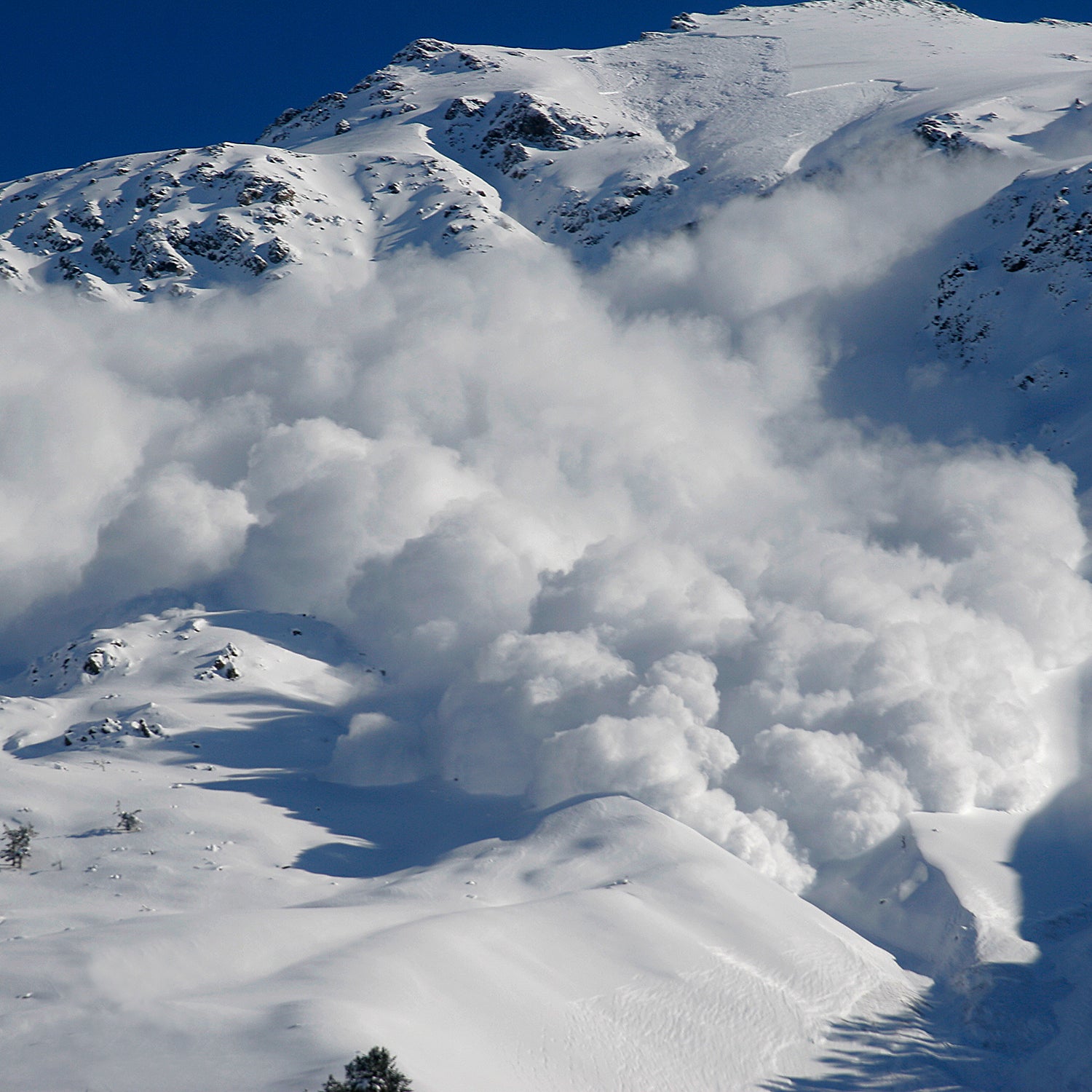You want to be safe in the backcountry this coming winter. You’ll wear your beacon and carefully read the avalanche bulletin. Did you ever wonder, though, about the accuracy of that advisory?
When looking at the same set of data, avalanche forecasters often agree on what to rate the danger level in the mountains. But sometimes they disagree dramatically, called “North American Avalanche Danger Scale: Do Backcountry Forecasters Apply It Consistently?” That inconsistency, even among professionals, highlights the need to refine a safety network that backcountry travelers rely on daily throughout the winter. (Avalanche bulletins were read 6.5 million times last winter in the United States, .)
About 45 people die annually in avalanches around North America. The number likely would be far higher without the regular bulletins issued by avalanche forecasters in places such as the Cascades, Utah’s Wasatch Range, and the Colorado Rockies. Advisories today always contain a rating from the North American Avalanche Danger Scale. You’ve likely seen that scale, with its five levels ranging from “low” to “extreme.” Each color-coded level tells the reader at a glance the day’s potential for avalanches to cause harm or injury.

“As a result, how forecasters assign a danger rating has a big impact on public safety, perhaps the biggest single impact for public safety,” according to a paper presented in October at the 2016 in Breckenridge, Colorado.
Recently, however, paper co-author Simon Trautman says “there’s been a lot of late-night talk, a lot of back-of-the-napkin talk” surrounding a basic question: Is the scale being applied uniformly by everyone, everywhere? That is, if seasoned forecasters are given the same information, will they assign the same danger rating?
To find out, researchers sent ten scenarios to avalanche forecasters in offices around the United States, as well as Canada and New Zealand. The scenarios were previous real-life situations; the researchers substituted fake names such as “Snowy Valley” and “Stormy Peak.” Forecasters were asked to assign one danger rating for each scenario, choosing the highest danger they thought would be reached in the following 24 hours. The scenarios represented a variety of conditions seen in snowpacks, from simple to complex. In all, 68 forecasters responded from 21 forecast operations.
The result? Most forecasters assigned danger ratings that were similar to each other and to the original danger level forecast on that day. Even so, it’s still “not uncommon for forecasters to assign different danger ratings when presented with identical weather, snowpack, and avalanche information,” the study concluded.
“It’s easy to look at these results and say…‘Wow, these forecasters are all over the map,’” said Brian Lazar, the study’s lead author and deputy director of the . Luckily, he says, the picture is more nuanced than that.
Here are some of the study’s findings:
The Good News
- “The good news is that most forecasters land on the same page or pretty close to one another,” Lazar says. Taken together, the two most frequently selected danger ratings combined accounted for 73 to 98 percent of total responses, the authors wrote.
- In nine of the ten scenarios, the rating forecasters assigned the most frequently matched the original forecaster’s danger rating for that day.
The Bad News
- The forecasters were never unanimous in assigning one rating to any scenario.
- “Most scenarios (90 percent) had a spread of at least three danger ratings,” the report found. “Two scenarios…had a spread of four danger ratings” on a five-step scale, the report said.
- Larger forecasting operations didn’t necessarily show uniformity among forecasters. “Of the 13 operations with three or more respondents, ten of them (77 percent) had at least one scenario with a spread of three danger ratings,” the study found. “All seven operations with four or more respondents had at least one scenario with a spread of three danger ratings.”
“It is interesting, and probably pretty expected if you think about the human condition, that people can arrive at a different conclusions given identical information because, really, it comes down to perception,” Trautman at the Northwest Snow and Avalanche Workshop in Seattle this fall.
Lazar cautioned that the study was “less than perfect,” because forecasters usually don’t work in isolation but consult with one another within an operation. That teamwork would be more likely to reduce some of the variability that the study found, he says.
Still, Lazar says, “Being a step apart when you’re using a five-step scale is significant.” And those differences matter.
Perhaps the most important part of the danger scale rating is its travel advice—advice that’s dramatically different at each level on the scale, Lazar said. When conditions are “considerable,” for instance, the scale advises that “cautious route-finding and conservative decision-making are essential.” Just one step above that, a rating of “high” advises that “travel in avalanche terrain is not recommended.”
In another finding, the study noted that there seem to be regional differences in avalanche forecasting. Forecasters in different regions of the United States will view the same facts and sometimes apply a different danger rating than colleagues elsewhere in the country.
This worries Lazar. “We are public safety messengers,” he said. “Consistent messaging is what makes these things work.” Think of a traffic sign, he says. “They work because they’re the same everywhere where you go. A stop sign doesn’t change. We need one set of traffic signs, as it were.”
Lazar said he would like to see more training among avalanche operations from different regions and to make sure the different offices are all working from the same kind of documents to guide their decisions.
The study produced some other interesting findings:
- Some dangers are harder to predict than others. The two scenarios that produced the biggest spread in responses from seasoned forecasters: deep slab instability and a situation with rain falling on older snow, says Trautman. “And both of them are notoriously hard for forecasters to get right—or for any of us to get right.”
- Different nations might perceive danger differently. While there was no variation among nations when the avalanche danger was lower—“low” or “moderate”—that changed when the rating climbed higher, the study found. “More differences occur when the danger rating is in an elevated level—‘considerable’ or above,” Trautman says. “In general, forecasters in the United States rate things lower—one to two steps lower—than forecasters in Canada and New Zealand (which seemed largely the same). Even more specifically, in the U.S., we pretty much don’t use ‘extreme,’ and the other two countries are willing to use ‘extreme’—at least in these types of exercises.”
The study didn’t attempt to address why this cultural difference seemed to exist. Lazar thought the two cultural trends were interwoven—U.S. forecasters’ eschewing of the highest danger rating in turn led to the U.S. rating more hazardous scenarios at a lower lever. “I think extreme events are hard for forecasters to anticipate,” he mused. Extreme conditions are rare, Lazar says. It “can be difficult for forecasters to essentially forecast that the sky is falling if they haven’t seen that before.”
Next, Lazar hopes he and his colleagues can examine the other information conveyed, which supplements the danger rating in the avalanche bulletin with information about the avalanche a backcountry traveler would likely encounter that day: the kind, size, location, and ease of triggering it. “We have room to improve as to how consistently we communicate that message as well,” he says.
The authors say their study highlights some things you can do to stay safe.
Recognize that cultural differences may exist in the avalanche bulletin you read, Trautman says. When you go somewhere new, slow down. “And remember: this is a starting point,” he says of the avalanche rating. “This is somebody’s idea of conditions. This isn’t the way it is. This is where you start. Plan your day. And if you see something different in the field, you act accordingly.”
Stay on top of what’s happening in the snowpack throughout the season, adds Lazar. “Don’t start reading the avalanche forecast the morning you go out,” he says. That goes for heading to new places in other regions.
And remember that forecasters write avalanche bulletins to cover huge swaths of mountains, Lazar says. It’s up to you, the backcountry traveler, to have the savvy to apply that info to the slopes you’ll be on that day. You get those smarts by taking avalanche classes—and by experience, Lazar says. Find an .


